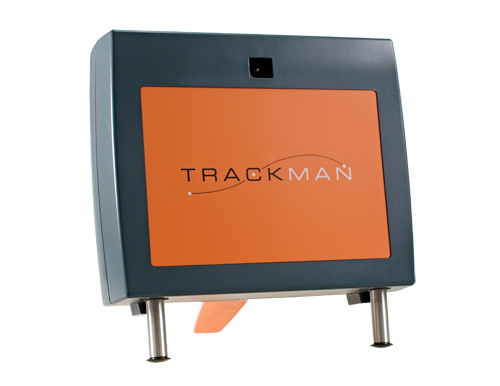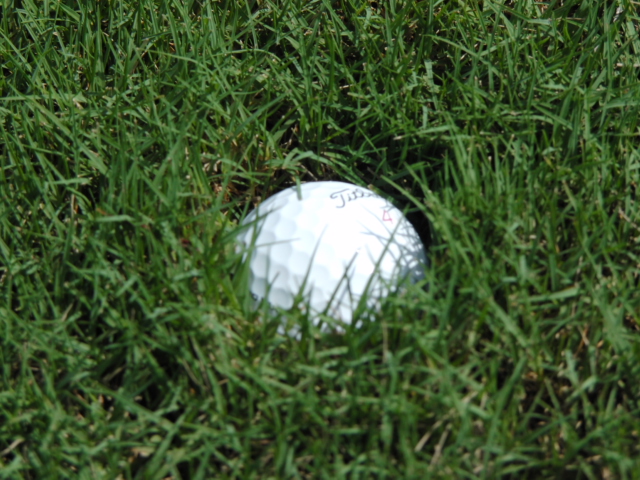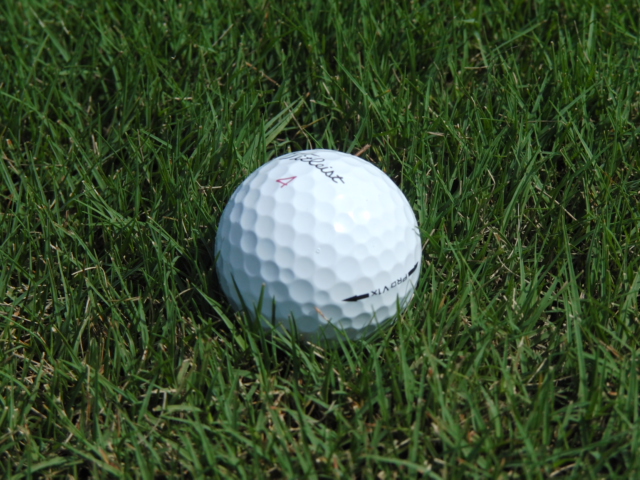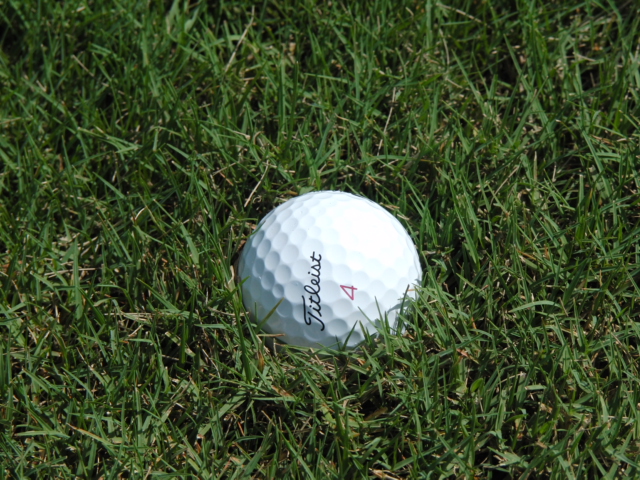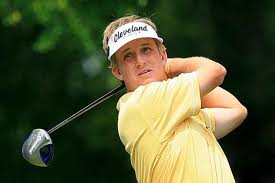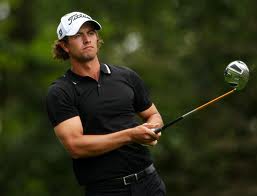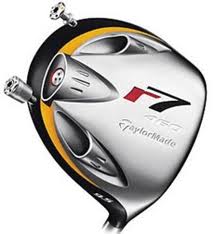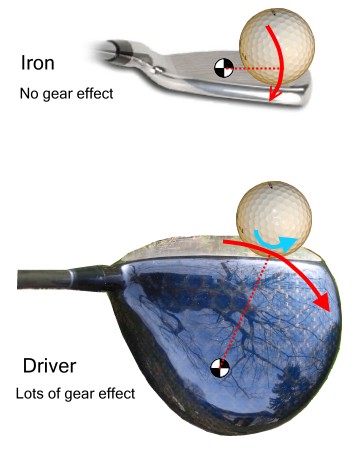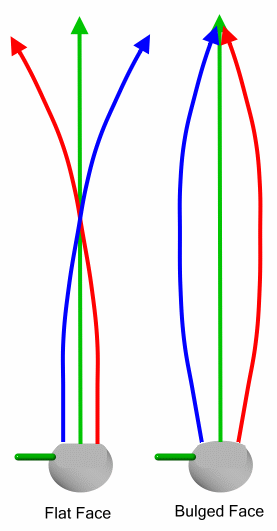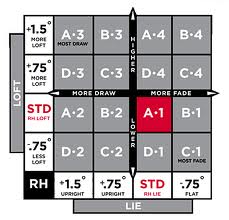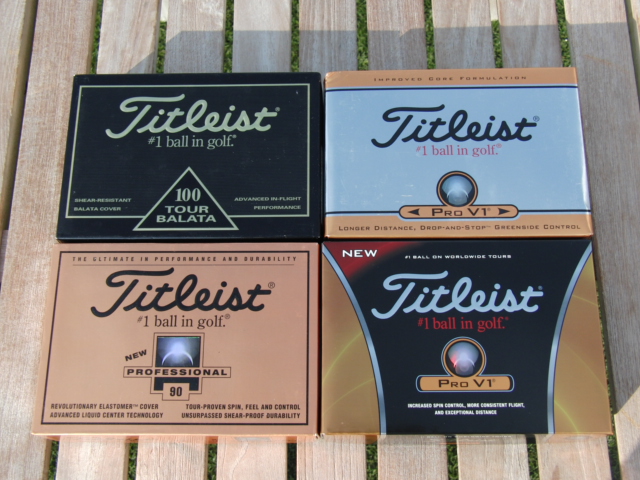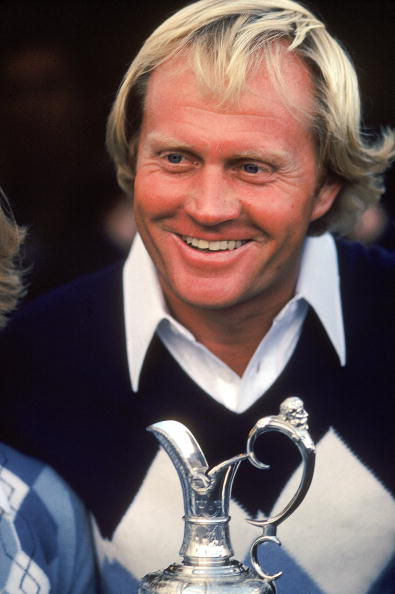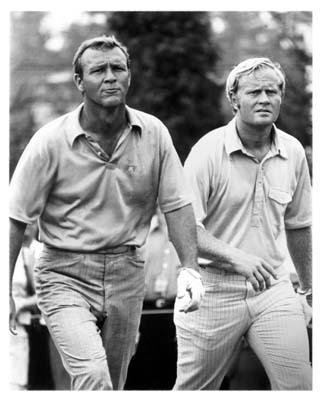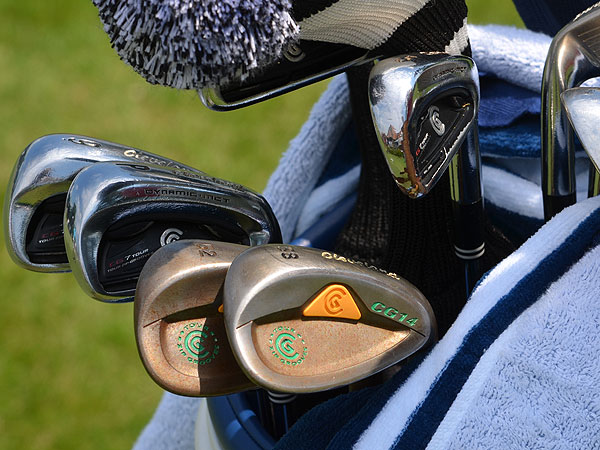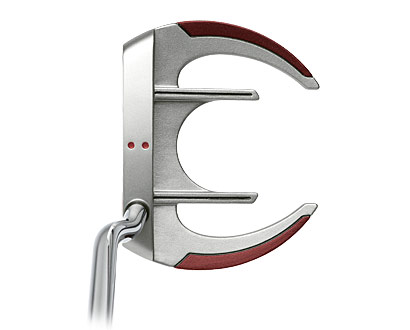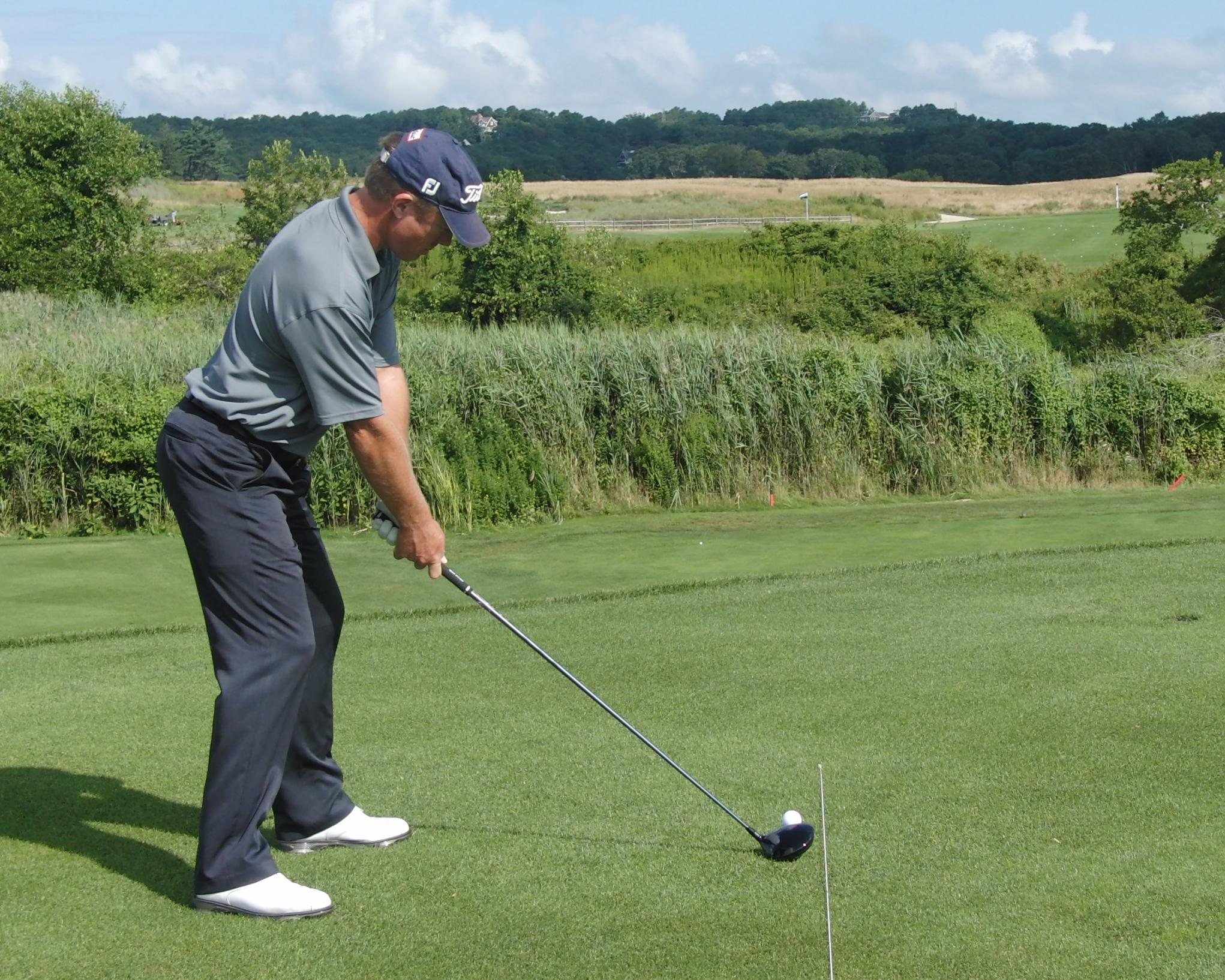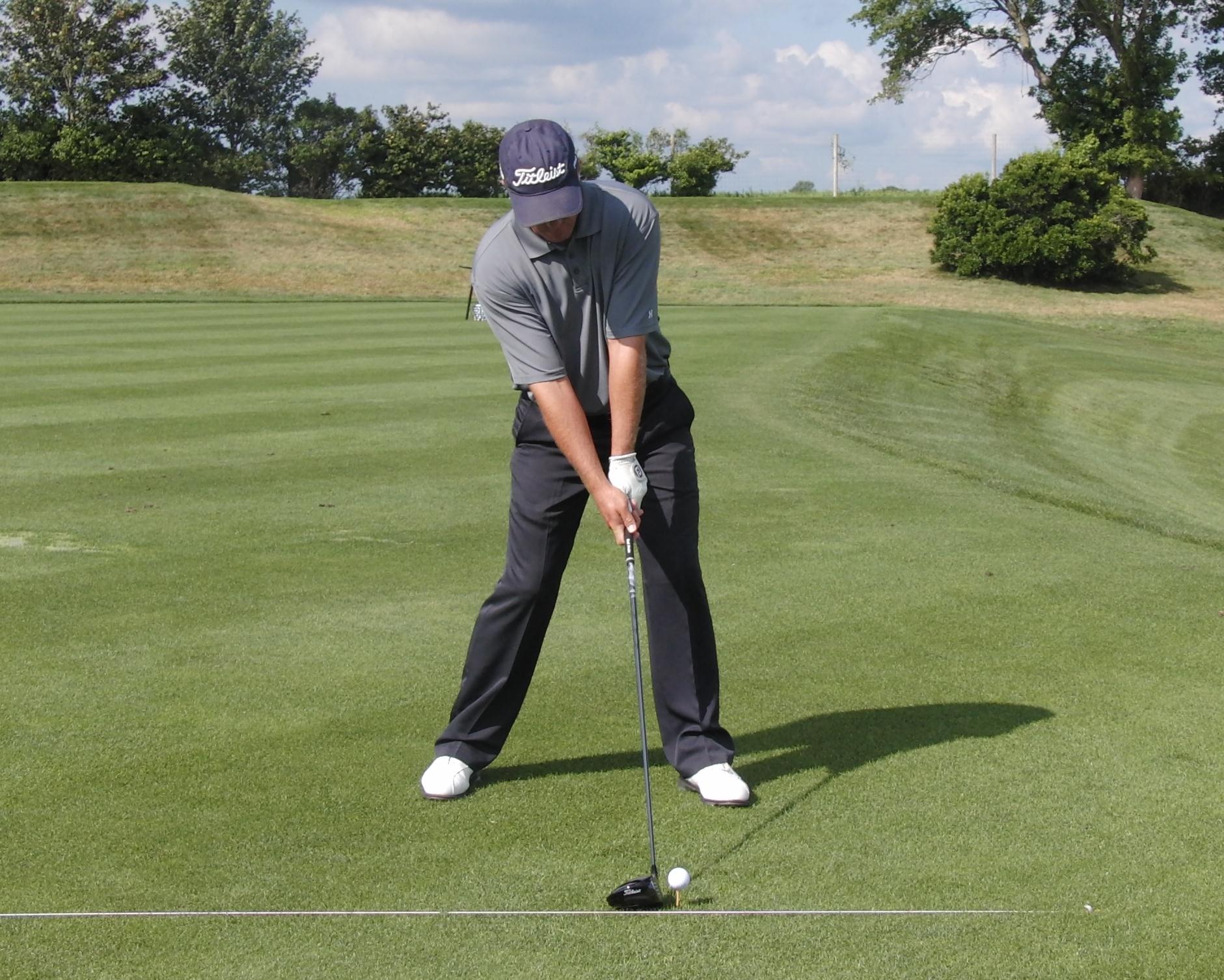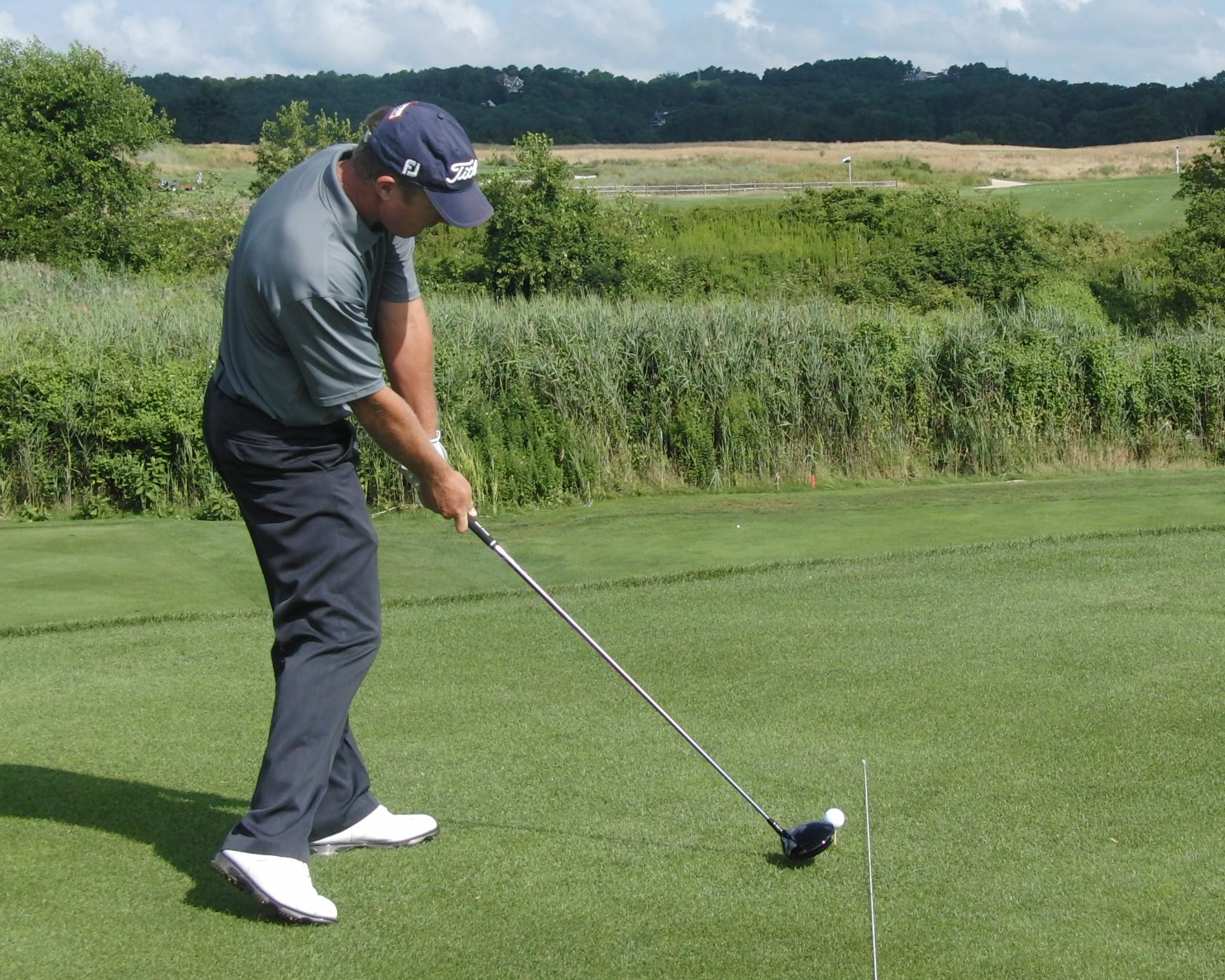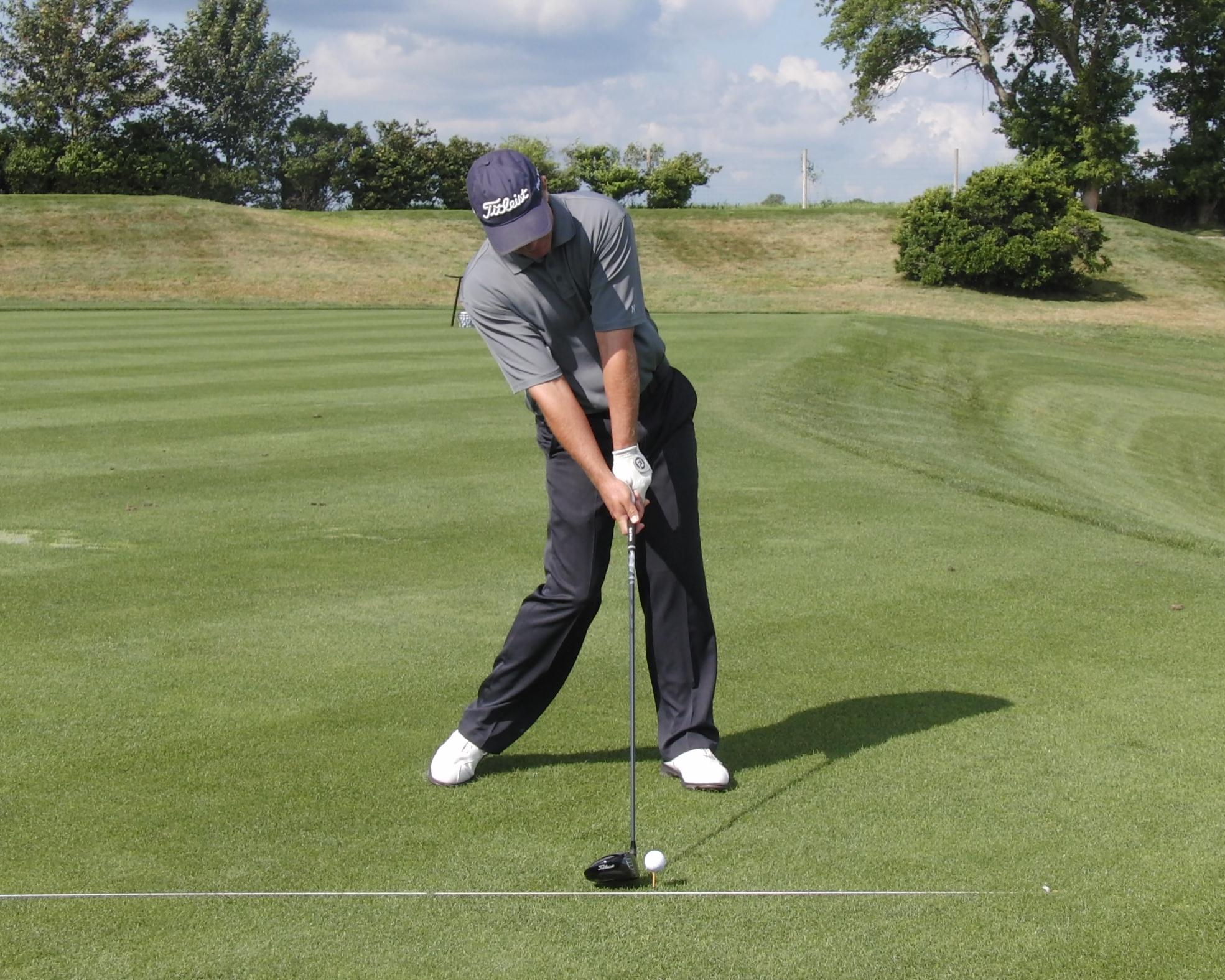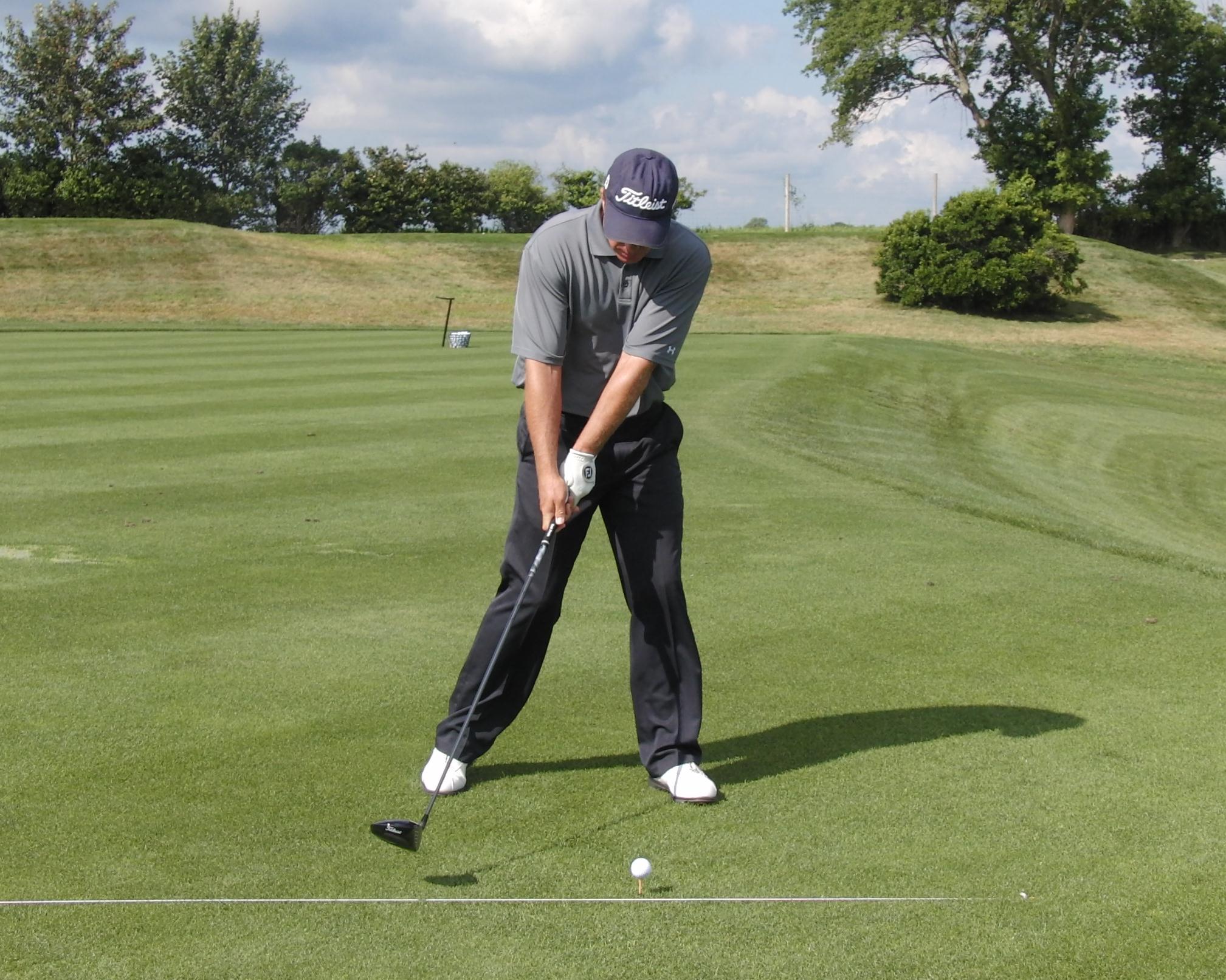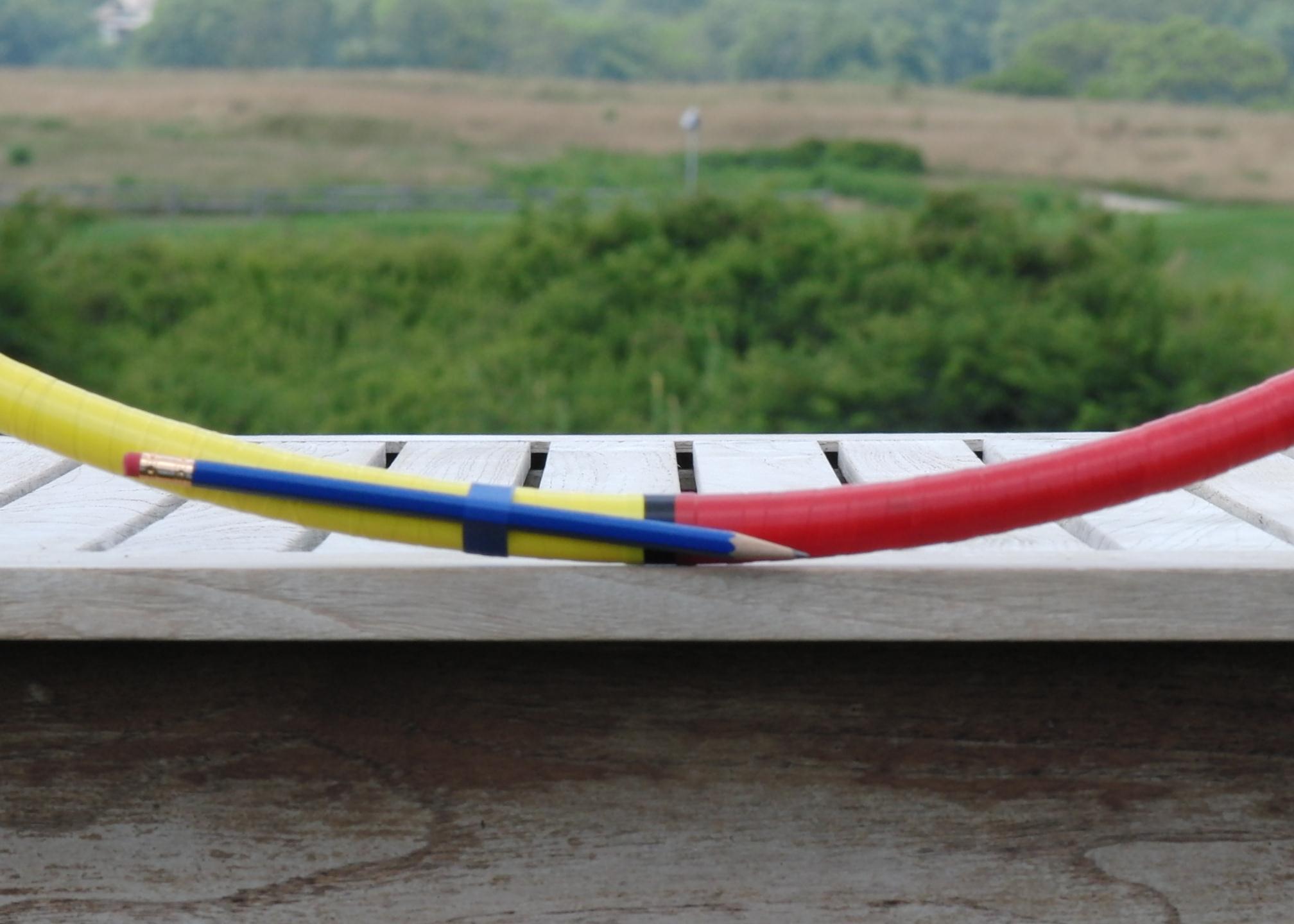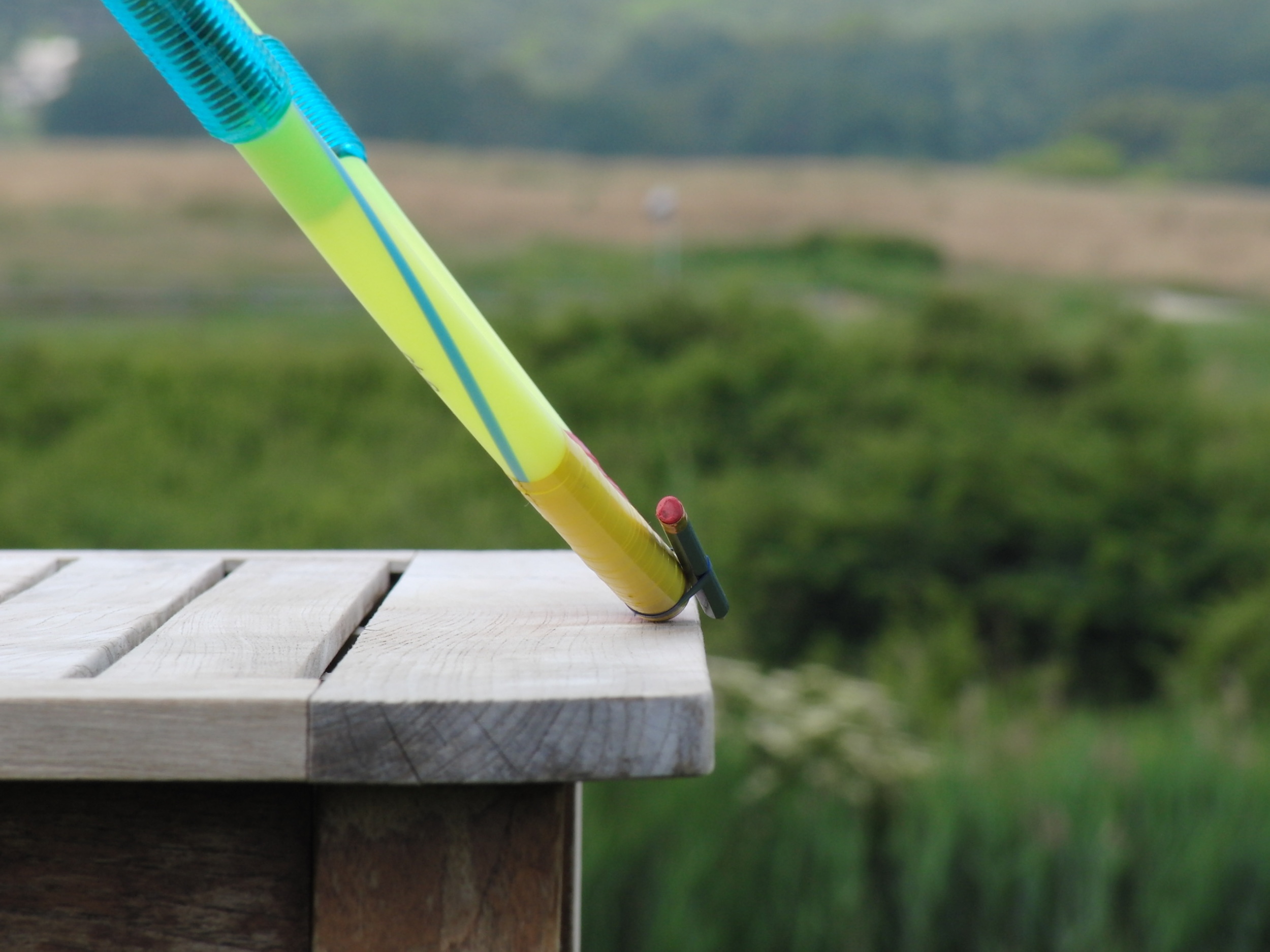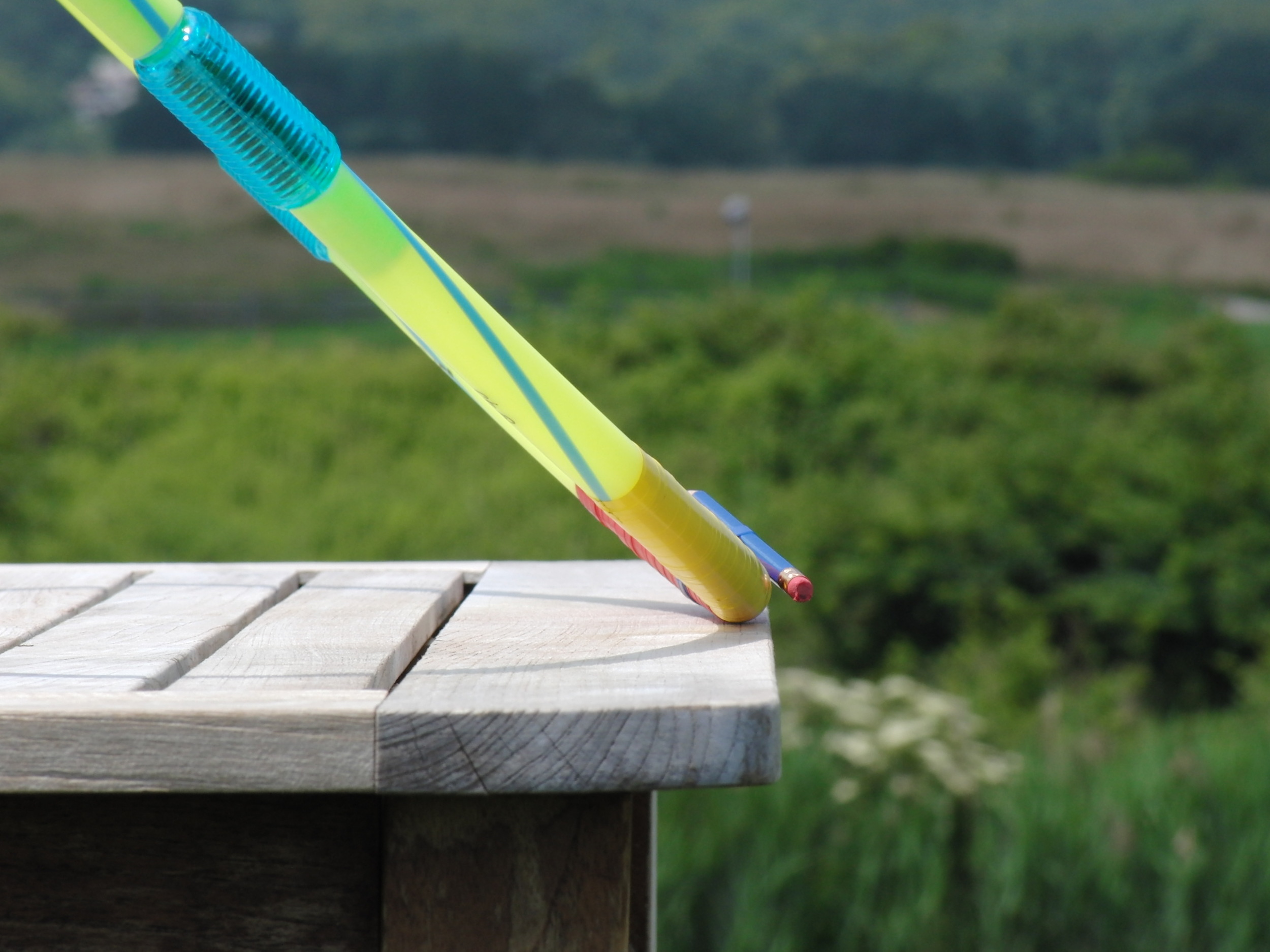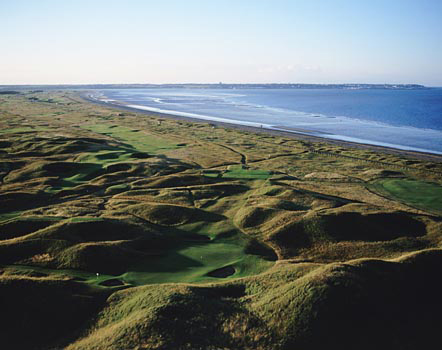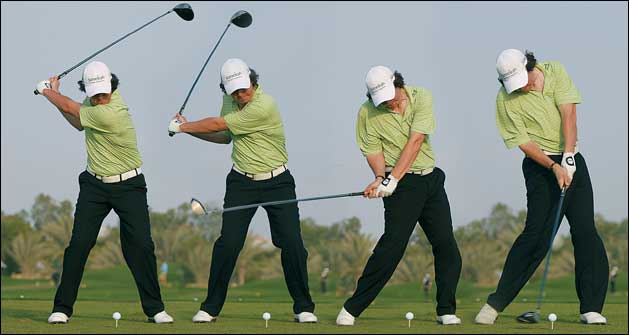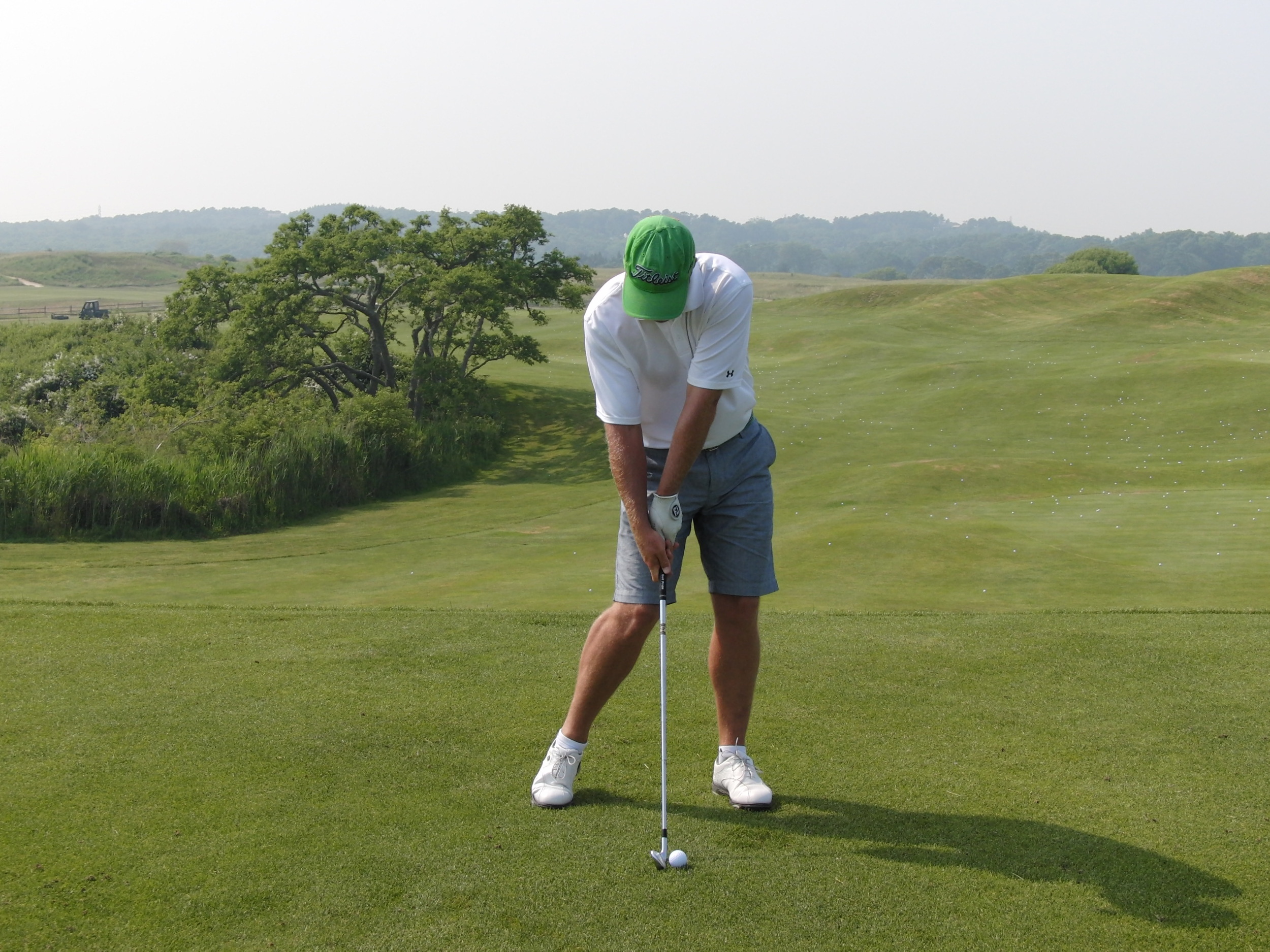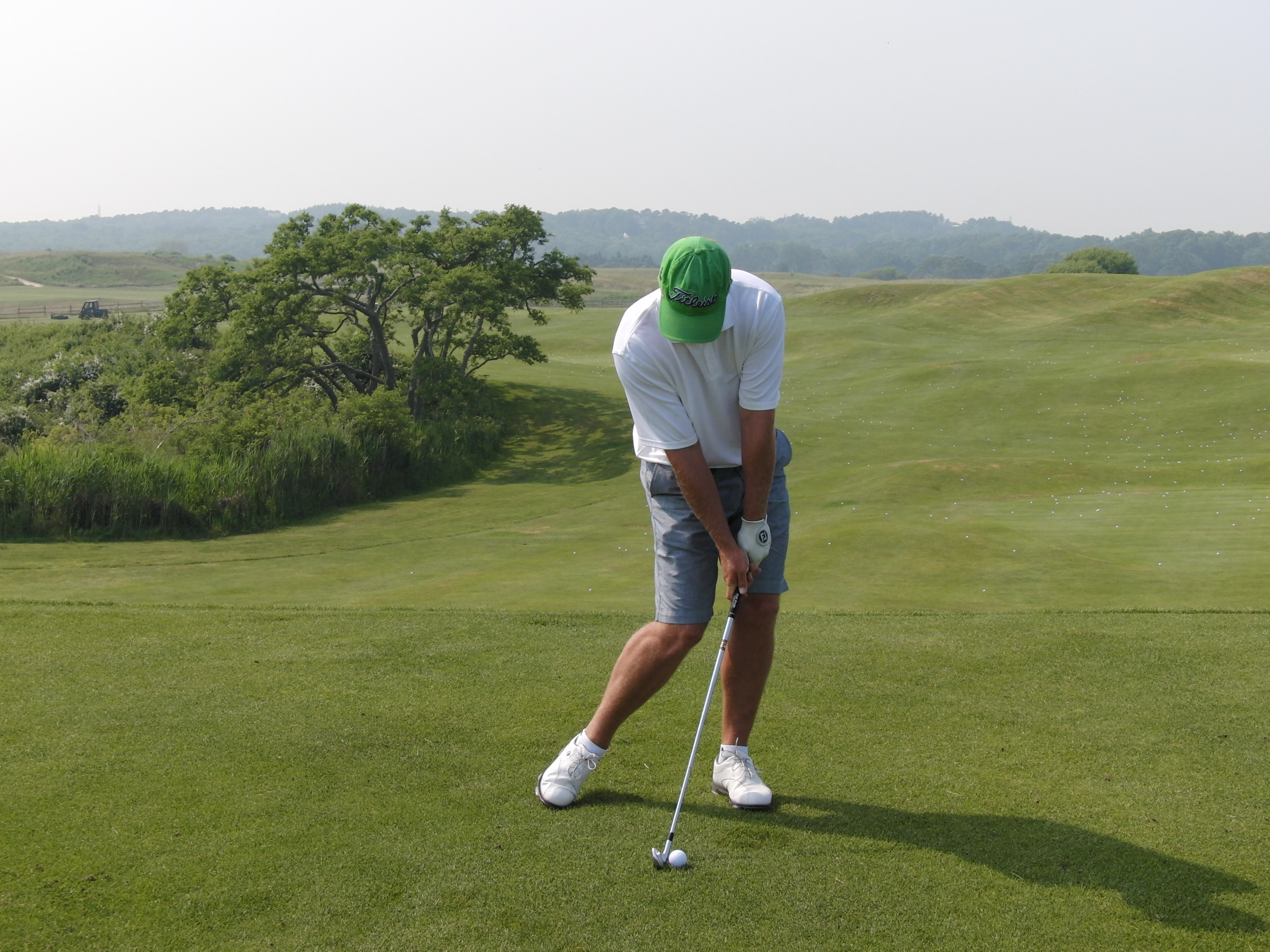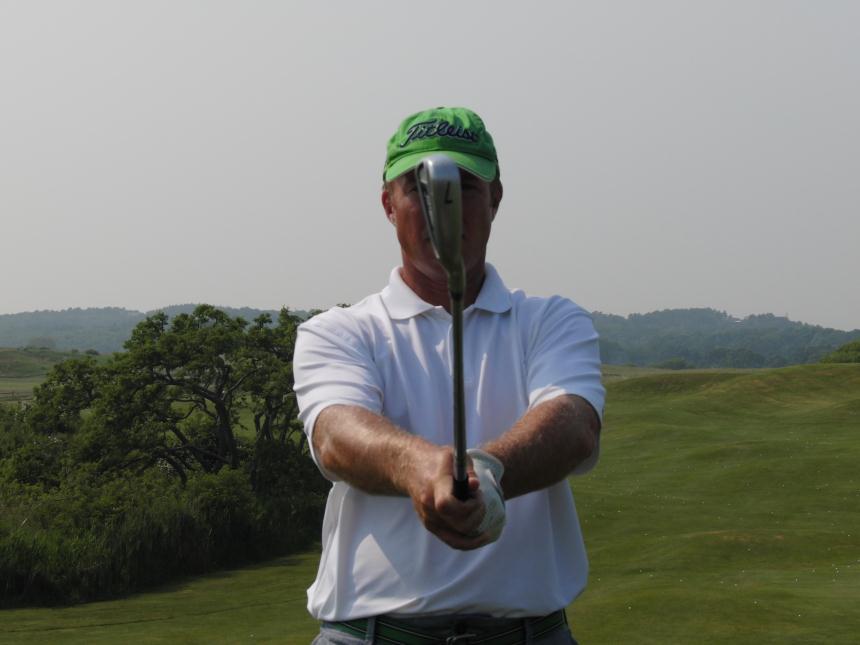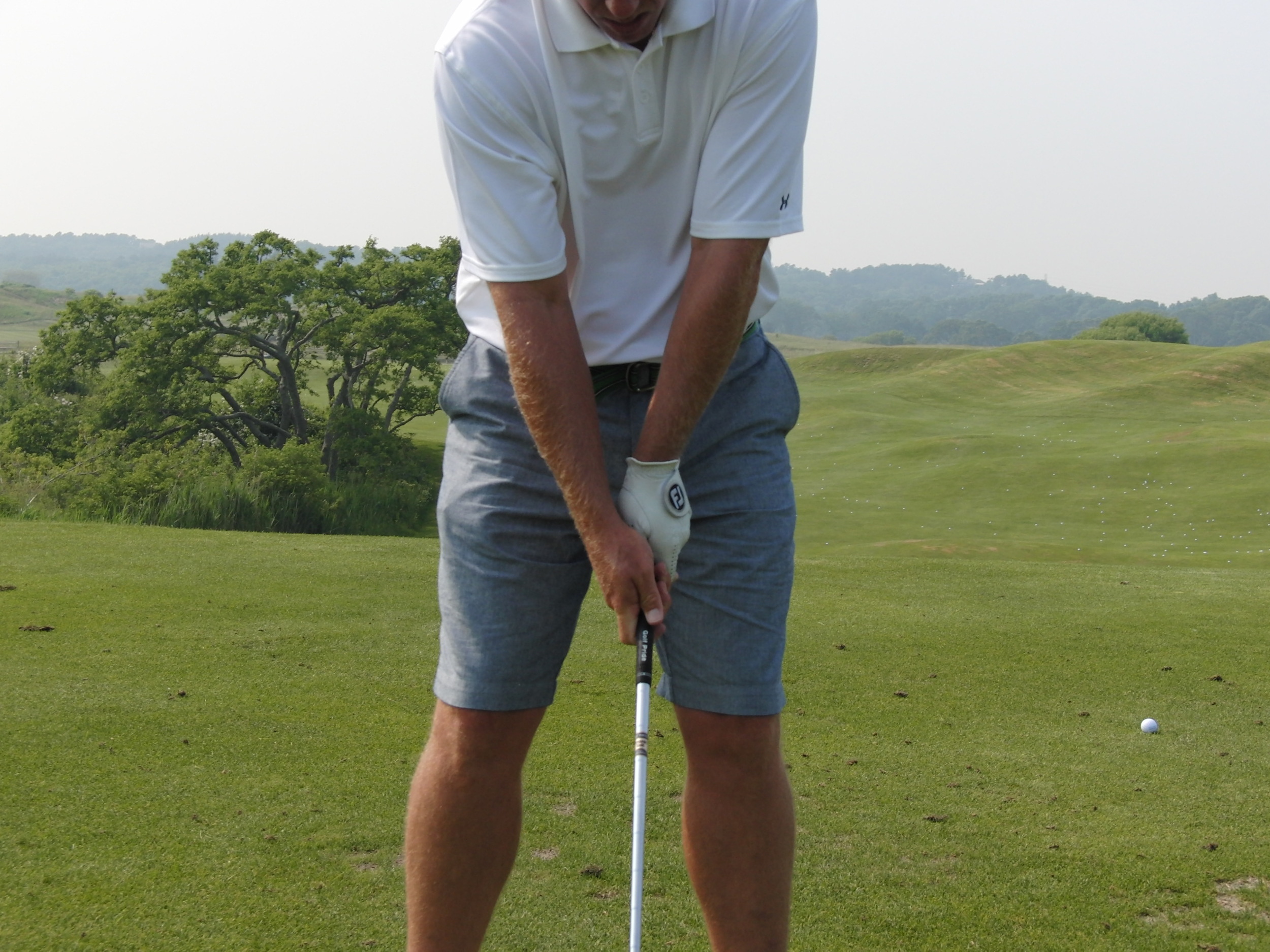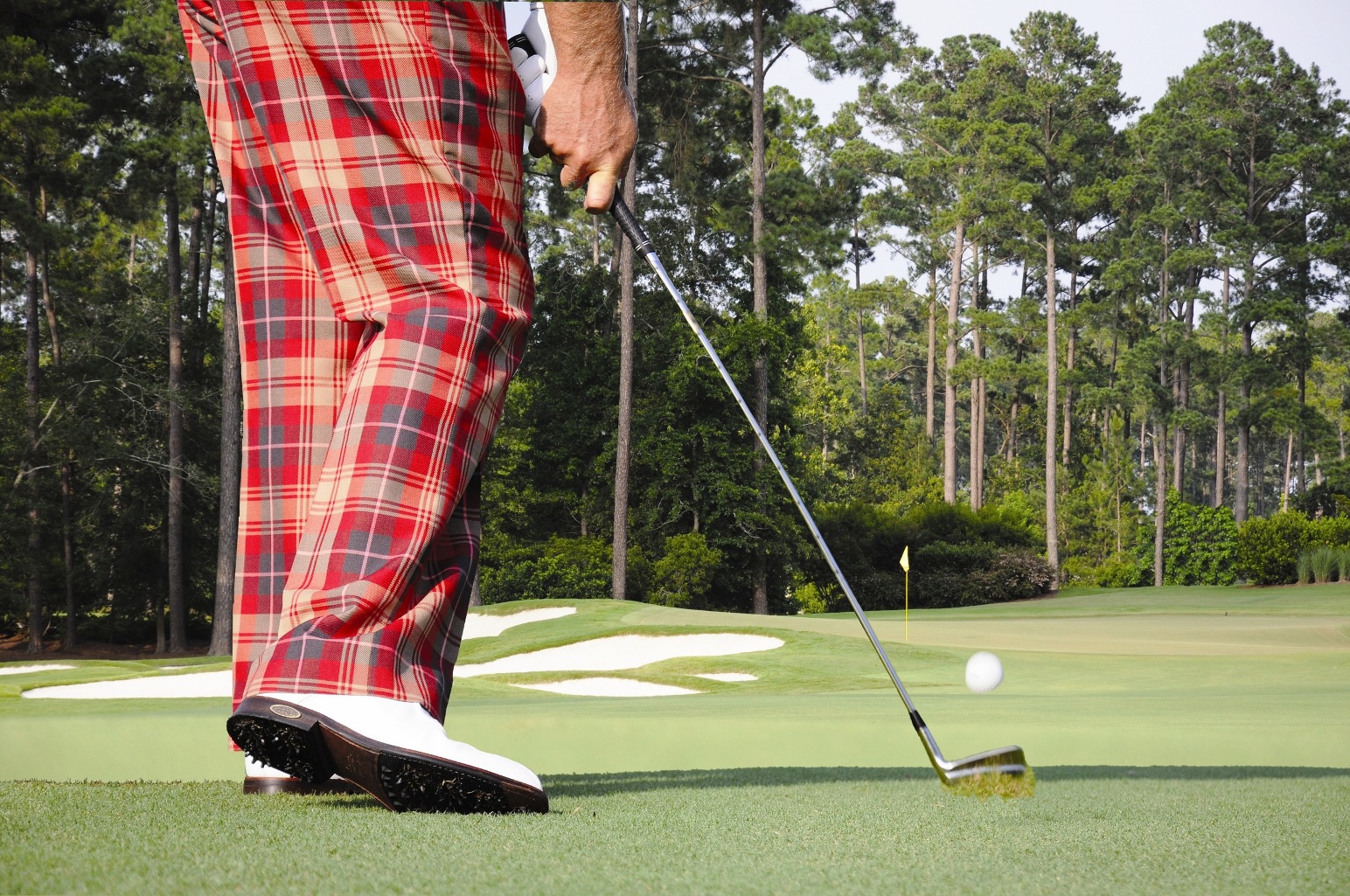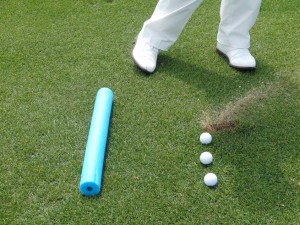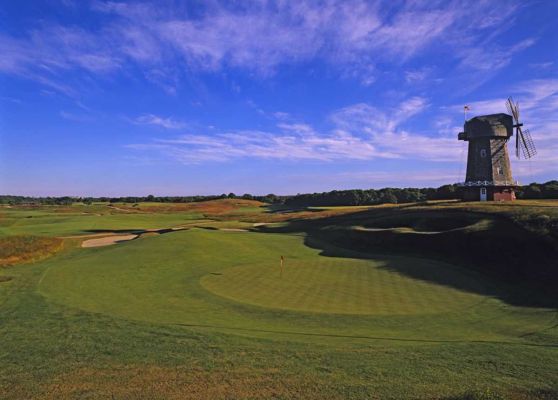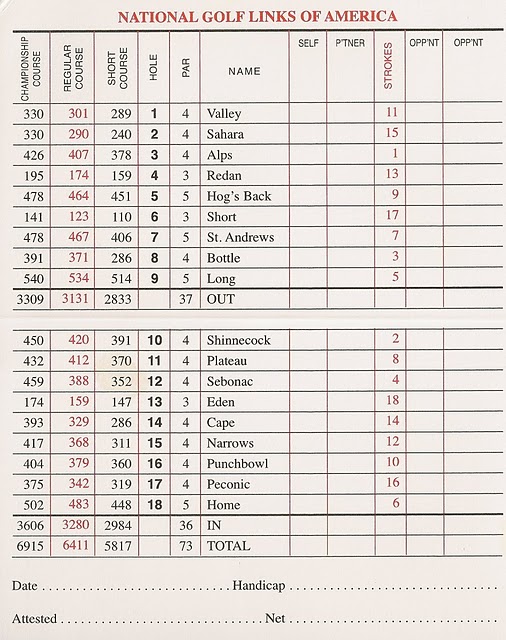Function vs. Form
/When I first got into teaching golf I learned a particular method of swinging the club - I was very much a method teacher. I believed there was an ideal pattern to be followed and all golfers would have been better if they could learn to swing the club and move their body in this manner. At one point I even went so far as to say that in a few more years there would never be another "homemade" golf swing on the PGA Tour! There was only one, ideal way to swing a golf club and I wanted every student I taught to get to this ideal.
That phase of my teaching career came to an abrupt end five years ago when I started a self-education project to study the swings of golf''s all time greats. As I researched and broke down these championship swings the very first thing I found was that not a single one of them had a swing that was similar to another. How could this be? I had spent the first fifteen odd years of my career teaching golfers a certain swing method and in the space of one month had figured out that no great golfer used the same method as any other great golfer. What did that say for my, or any other, method?
Think of the foursome you play golf with most often - there could be a multitude of body types, age groups, and personalities in every group on the course. And I, in all my brainwashed brilliance, had been trying to get every one of them to swing in the same fashion.
Little did I know that my self education project would turn my teaching upside down. I now know that there are many ways to swing, yet very few ways to hit - and all the greatest golfers employ those same narrow parameters to hit repeatable, quality golf shots. My research project actually culminated in the book "It's All About Impact".
Early in my career I attempted to achieve function or peak performance by improving the look and form of a golfers swing. Can you imagine what I'd have done if Lee Trevino, Raymond Floyd, Nancy Lopez, Hubert Green or Jim Furyk had come to me for help early in their careers? I'm thankful for their sake that they hadn't as you might never had heard their names.
In my teaching now, I work to get golfers to squeeze the most out of what their unique bodies, minds and experiences will allow. It is all about function and very little about form. I often say to a student, "If I could get your swing to look worse and have you shoot five strokes lower, we'd both be happy campers." I will do whatever I need to do to get my student to get the club to do what they want the ball to do...regardless of how it looks.
We are all different physically, mentally, emotionally and experientially - how can we possibly swing a golf club with the same form? The answer is - it cannot be done! Stop trying to swing like your favorite player and start learning how to hit like your favorite. Understand that you're different and unique and if you can deliver the appropriate set of physics (forces and angles) to the back of the ball with your swing - it will follow the desired trajectory to the desired location. Isn't that what you're after?
I believe so strongly in providing my students with an understanding of what the "appropriate physics" at impact are that I have purchased a TrackMan unit. TrackMan is the ultimate in functional teaching as it measures all the factors that lead to ball flight. The radar unit tracks clubhead speed, swing plane, angle of attack, club path, face angle and dynamic loft all at the most important part of any golf swing - impact. Now, as golfer, imagine being able to know which of the previously mentioned measurements are stumbling blocks for your golf game. Wouldn't it be great to know that you have to worry about nothing else other than the club path being too far from out to in? Or perhaps your attack angle is too far down and you need to feel like you sweep each iron off the ground?
My goal with any student is to change as little as possible and it often works that way, but sometimes we need to change quite a lot. The objective is always the same - influence the club at impact in order to make the ball what we would like it to do.
If you come to me for a lesson you will not be taught a method of swinging a golf club, but you will be taught a method of hitting a golf ball. None of my students will ever have golf swings that look similar, unless by accident, but many of them will hit shots that look and sound alike. You will leave the lesson knowing what you need to do to hit better shots - and you will also leave hitting better shots.
TrackMan arrives in early October at Berkeley Hall. Call Andrew at (843)247-4688 to book a lesson.


